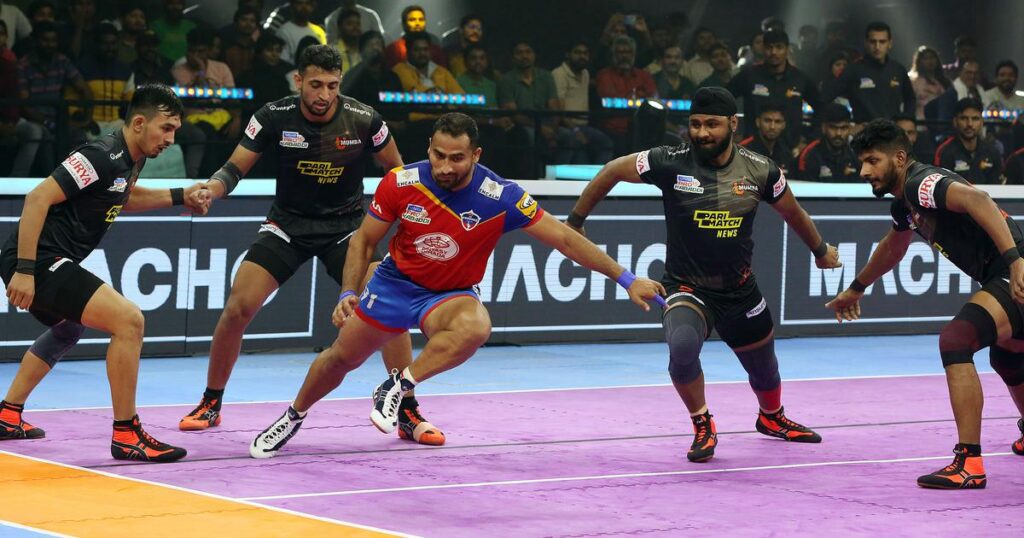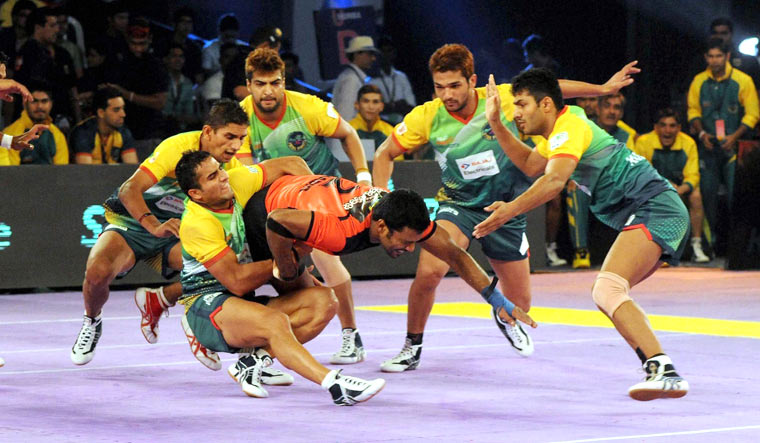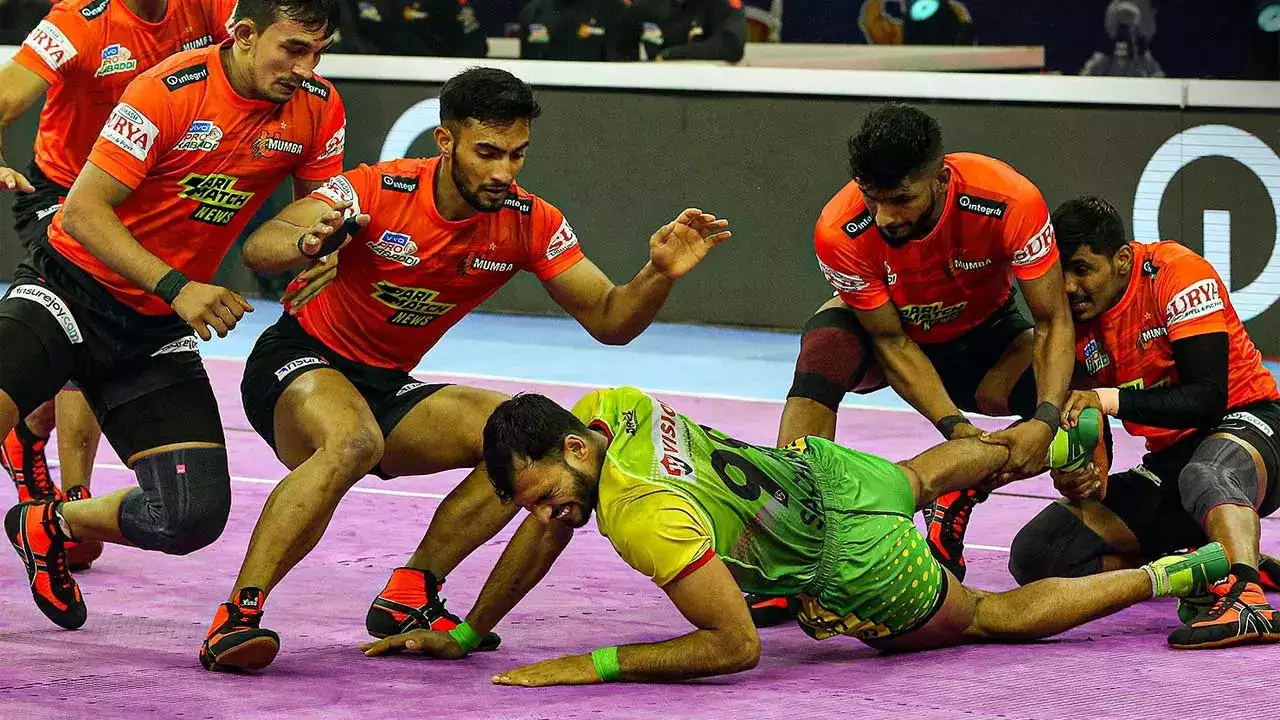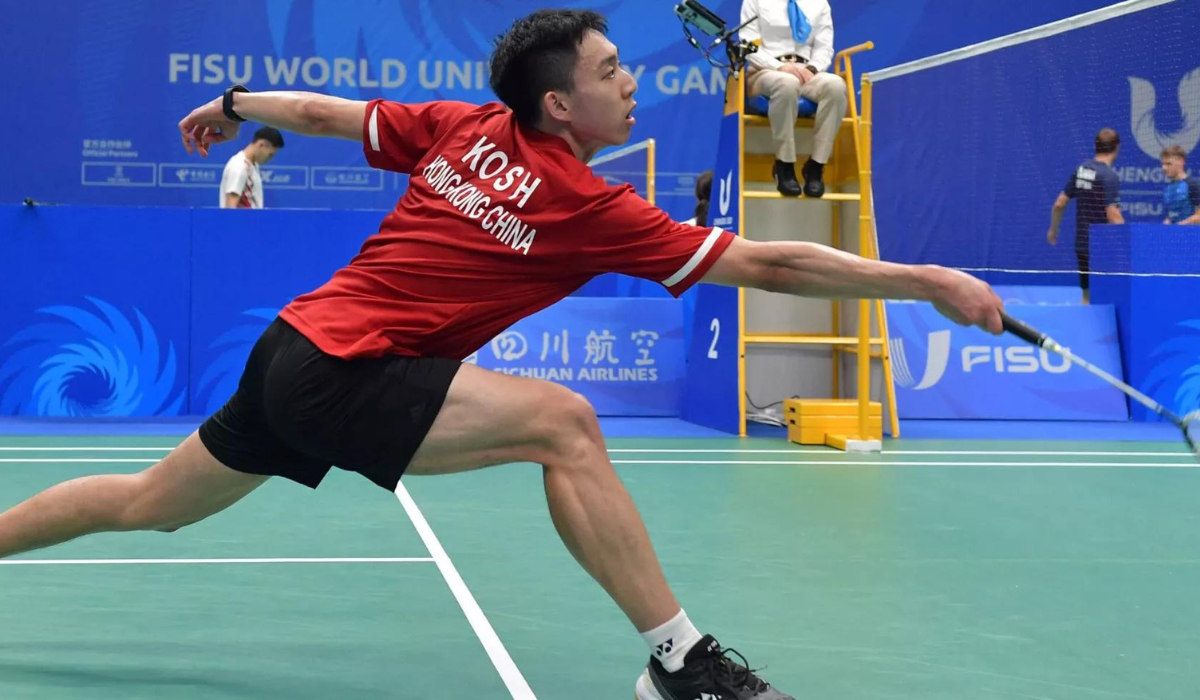Kabaddi, a sport rooted in ancient tradition, has evolved into a dynamic and strategic game that demands a unique set of skills. Central to success in Kabaddi is the intricate web of strategies woven by teams, encompassing offensive flair, defensive resilience, and seamless team coordination. Knowledge about the game is not enough. Physical force is just 50% of the basic need that a game demands; another 50% is the tactics required to use your physical force efficiently. So let’s discuss about some necessary game tactics that you need. In this comprehensive exploration, we delve into the world of Kabaddi Strategies, unraveling the key elements that make or break a team’s performance.
Table of Contents
Understanding Kabaddi Strategies
In the pulsating arena of Kabaddi, teams employ a range of strategies that extend beyond physical prowess. The term “Kabaddi Strategies” encapsulates the art of raiding, the precision of defense, and the synchrony within a team. Let’s break down the strategies that form the backbone of success in Kabaddi.

I. Offensive Mastery: Raider Techniques
1. Quick Touch-and-Go Moves
In the heat of a raid, the raider’s ability to execute rapid touch-and-go moves is unparalleled. This strategy catches defenders off guard, allowing the raider to score points swiftly and retreat before the defense can react.
2. Dodging and Evading
A skilled raider is a master of evasion. Dodging through defenders with nimble footwork, raiders create opportunities for crucial touches, showcasing the finesse required to outmaneuver the opposing team.
II. Team Coordination in Raids
1. Synchronized Raids
Successful raids hinge on seamless teamwork. Coordinated movements among raiders create confusion in the opposing defense, opening up chances for multiple successful touches in a single raid.
2. Strategic Targeting
Teams strategically target weaker defenders during raids, exploiting vulnerabilities to secure points. This calculated approach requires a deep understanding of the opposition’s defensive lineup.
III. Defensive Fortitude
A. Formation and Positioning

1. Defensive Ring Formation
Defenders strategically form a defensive ring, aiming to trap raiders within its confines. The collective strength of the defensive ring creates a formidable barrier that raiders must navigate.
2. Man-to-Man Defense
In Kabaddi, individual defenders engage in man-to-man defense. This involves closely marking raiders, anticipating their moves, and executing precise tackles to prevent successful raids.
B. Counter-Attacks
1. Quick Turnaround Strategies
After a successful defensive play, teams swiftly transition to offense. This quick turnaround catches the opposing team off guard, allowing for immediate scoring opportunities.
2. Reading Raider Patterns
Successful defenders are adept at reading the patterns of raiders. Analyzing a raider’s movements helps defenders predict their strategy, enabling them to counter with well-timed tackles.
IV. Team Strategies for Triumph
A. Time Management
1. Strategic Timeouts
Teams strategically utilize timeouts for regrouping, tactical discussions, and providing players with essential moments of rest. These timeouts are pivotal for refining strategies mid-game.
2. Late-Game Strategies
In the crucial minutes of a match, teams adjust their strategies based on the score and remaining time. Decisive late-game strategies can turn the tide in favor of a trailing team.
B. Adaptive Strategies

1. Adjusting to Opponents
Successful teams adapt their strategies based on the strengths and weaknesses of their opponents. This adaptability ensures that the team remains versatile and can counter different playing styles effectively.
2. In-Game Strategy Adjustments
Real-time adjustments during a match are crucial. Adapting to evolving game dynamics allows teams to stay ahead, making strategic decisions that align with the ever-changing flow of the game.
V. Communication in Kabaddi
A. On-Field Communication
1. Hand Signals and Calls
Communication on the Kabaddi field often transcends verbal exchanges. Players communicate silently through hand signals and calls, ensuring coordinated movements during raids and defense.
2. Bench Communication
Communication between players on the field and those on the bench is a strategic necessity. Coaches provide guidance, suggest substitutions, and offer insights that contribute to the overall team strategy.
VI. Conclusion:
In the exhilarating world of Kabaddi, strategies are the invisible threads that bind the actions of each player into a cohesive, winning performance. From the raider’s lightning-quick moves to the defender’s precise tackles, every aspect of the game is influenced by a strategic mindset. As we celebrate the brilliance of Kabaddi strategies, it’s a testament to the sport’s evolution and the mastery required to conquer the Kabaddi arena.












